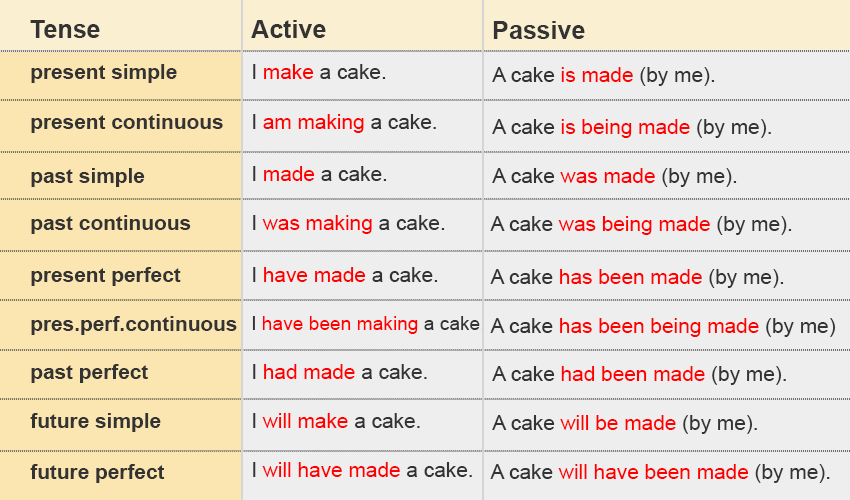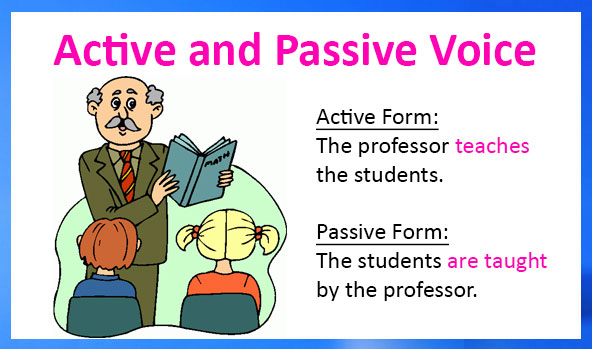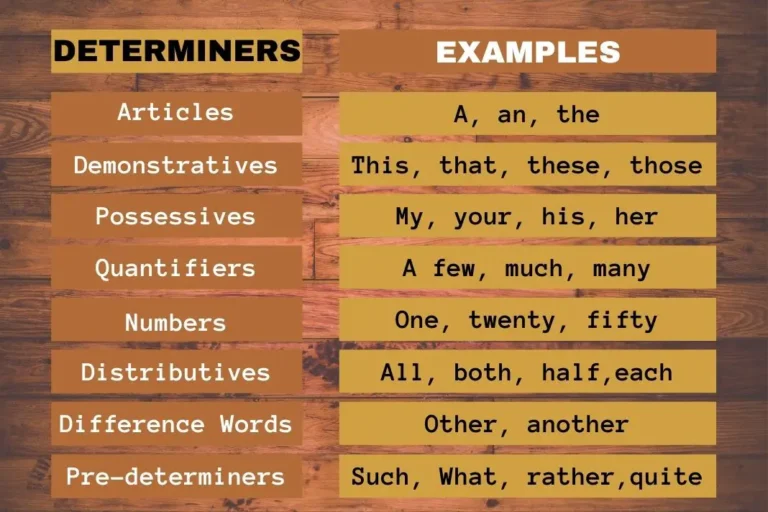Active and Passive Voice
Knowing the difference between active and passive voice is essential for good communication, whether you’re writing an email, a report, or a novel. This article will explain both voices and show why they matter for clear and engaging content. By the end, you’ll have the skills to improve your writing and connect better with your audience.
Understanding Active and Passive Voice
Active and passive voice are fundamental concepts in the realm of grammar, each serving a unique purpose in communication. In active voice, the subject performs the action, making sentences direct and vigorous—ideal for lively storytelling or persuasive writing.
Passive voice shifts the focus onto the action itself or the recipient of the action, which can be particularly useful when the performer is unknown or irrelevant. Understanding when and how to deploy these voices empowers writers to craft more nuanced and compelling narratives, enhancing both engagement and clarity.
Definition of Active Voice
In an active voice, the subject of the sentence performs the action, creating relationship between the actor and the act. For instance, in the sentence “The chef prepared a delicious meal,” the focus is on the chef’s actions. This straightforward approach not only enhances understanding but also adds a layer of nearness that passive voice often lacks.
Definition of Passive Voice
Passive voice revolves around the structure of a sentence where the subject receives the action rather than performing it. In this construction, the focus shifts from the actor to the recipient. For example, in the sentence “The book was read by Sarah,” the emphasis is placed on the book rather than on Sarah, who is the actual actor.
Examples of Active and Passive Voice
| Active Voice | Passive Voice |
| She will deliver the letters. | The letters will be delivered. |
| I was making a cake. | A cake was being made. |
| Mother is cooking lunch in the kitchen. | Lunch is being made in the kitchen. |
| They renovated the restaurant in 2015 | The restaurant was renovated in 2015. |
| The class is reading the book. | The book is being read by the class. |
| We made mistakes. | Mistakes were made. |
| She is feeding the baby. | The baby is being fed by her. |
| He made a plan. | A plan was made by him. |
| Who likes her? | By whom she is liked? |
| He did not understand the question. | The question was not understood by him. |
Key Differences Between Voices
Active Voice
- Active voice delivers clarity and immediacy, placing the subject front and center as the actor of the action.
- Using active voice fosters a sense of connection and urgency.
- For instance: The chef prepared a delicious meal.
Passive Voice
- Passive voice has its place especially in scientific writing where objectivity is paramount.
- Passive constructions may serve to downplay responsibility or obscure the subject’s role.
- Passive voice shifts the focus away from the actor, often leading to ambiguity.
- For instance: A delicious meal was prepared by the chef.
Ultimately, mastering the balance between these voices can elevate your writing, allowing you to convey messages with precision and artistry tailored to your intended impact.
When to Use Active Voice
When you choose active voice, the subject performs the action rather than receiving it, creating a sense of immediacy. For instance, “The chef created a stunning dessert” is not only more straightforward than “A stunning dessert was created by the chef,” but it also draws readers in by placing them directly in the action.
In persuasive writing, where you aim to inspire action or convey urgency, using active constructions can make your arguments more compelling. Phrases like “Join us in changing the world” resonate more strongly than “The world can be changed by joining us,” as they empower the reader and evoke a sense of agency.
When to Use Passive Voice
In the world of writing, the passive voice often gets a bad rap, seen as a sign of weak or vague prose. Passive voice can be used when the actor is irrelevant and unknown. When we describe a statement where the focus is on the truth then we used passive voice. passive voice is often preferred in lab reports and scientific research papers.
Common Mistakes to Avoid
One common mistake is overusing the passive voice in an attempt to sound formal or objective. For instance, saying “Mistakes were made” expresses accountability, leaving readers questioning who is responsible. Instead, an active construction like “The team identified mistakes” not only clarifies responsibility but also injects energy into the narrative.
Sometimes the passive voice entirely, missing opportunities for variation in tone. In cases where the actor is less important than the action itself, such as in scientific writing, passive voice can effectively shift focus. A statement like “The experiment was conducted” emphasizes the research rather than the researcher.








